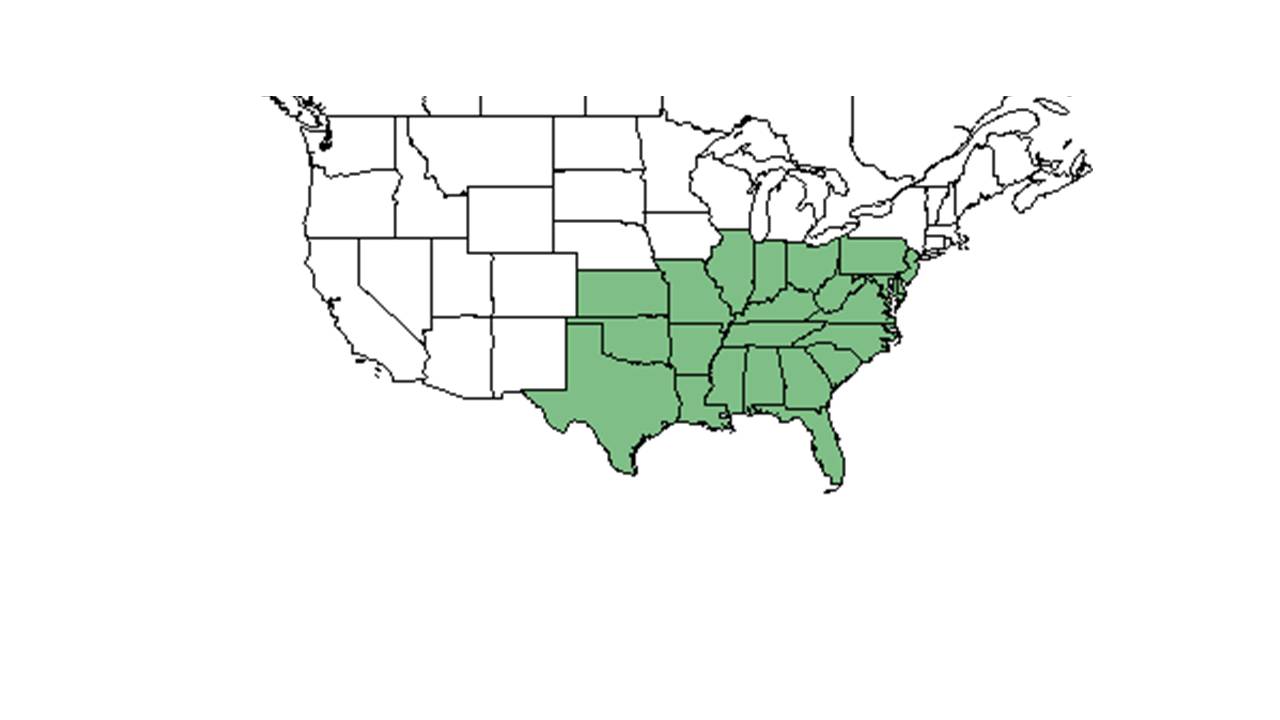Difference between revisions of "Gymnopogon ambiguus"
| Line 28: | Line 28: | ||
===Phenology=== <!--Timing off flowering, fruiting, seed dispersal, and environmental triggers. Cite PanFlora website if appropriate: http://www.gilnelson.com/PanFlora/ --> | ===Phenology=== <!--Timing off flowering, fruiting, seed dispersal, and environmental triggers. Cite PanFlora website if appropriate: http://www.gilnelson.com/PanFlora/ --> | ||
| + | Flowers and fruits have been observed on this species from September to November (FSU Herbarium). | ||
| + | |||
===Seed dispersal=== | ===Seed dispersal=== | ||
===Seed bank and germination=== | ===Seed bank and germination=== | ||
Revision as of 19:40, 13 July 2015
| Gymnopogon ambiguus | |
|---|---|

| |
| Scientific classification | |
| Kingdom: | Plantae |
| Division: | Magnoliophyta - Flowering plants |
| Class: | Liliopsida – Monocotyledons |
| Order: | Cyperales |
| Family: | Poaceae ⁄ Gramineae |
| Genus: | Gymnopogon |
| Species: | G. ambiguus |
| Binomial name | |
| Gymnopogon ambiguus (Michx.) Britton, Sterns & Poggenb. | |

| |
| Natural range of Gymnopogon ambiguus from USDA NRCS Plants Database. | |
Contents
Description
Common Name: bearded skeletongrass
Distribution
Ecology
Habitat
This species has been observed to grow in open pine woods along the edges of depression ponds, longleaf pine-oak-wiregrass sandhill communities, sparsely wooded ecotone borders of limestone glades, longleaf pine-turkey oak flats and sand ridges, xeric sand pine scrub, upland pine oak woodlands, and clearings within mixed woodland forests (FSU Herbarium). This plant has been seen growing in open and partial shaded environments in dry, loamy, and loose sands asd well as moist sandy clay loam (FSU Herbarium). Also growing in human disturbed areas, G. ambiguus has been observed in powerline corridors, along trails, on pine plantations, and on open fields (FSU Herbarium).
Phenology
Flowers and fruits have been observed on this species from September to November (FSU Herbarium).
Seed dispersal
Seed bank and germination
Fire ecology
Pollination
Use by animals
Comprised deer diets more in the summer than in the winter.[1]
Diseases and parasites
Conservation and Management
Cultivation and restoration
Photo Gallery
References and notes
- ↑ Thill, R. E. (1983). Deer and cattle forage selection on Louisiana pine-hardwood sites. New Orleans, LA, USDA Forest Service.